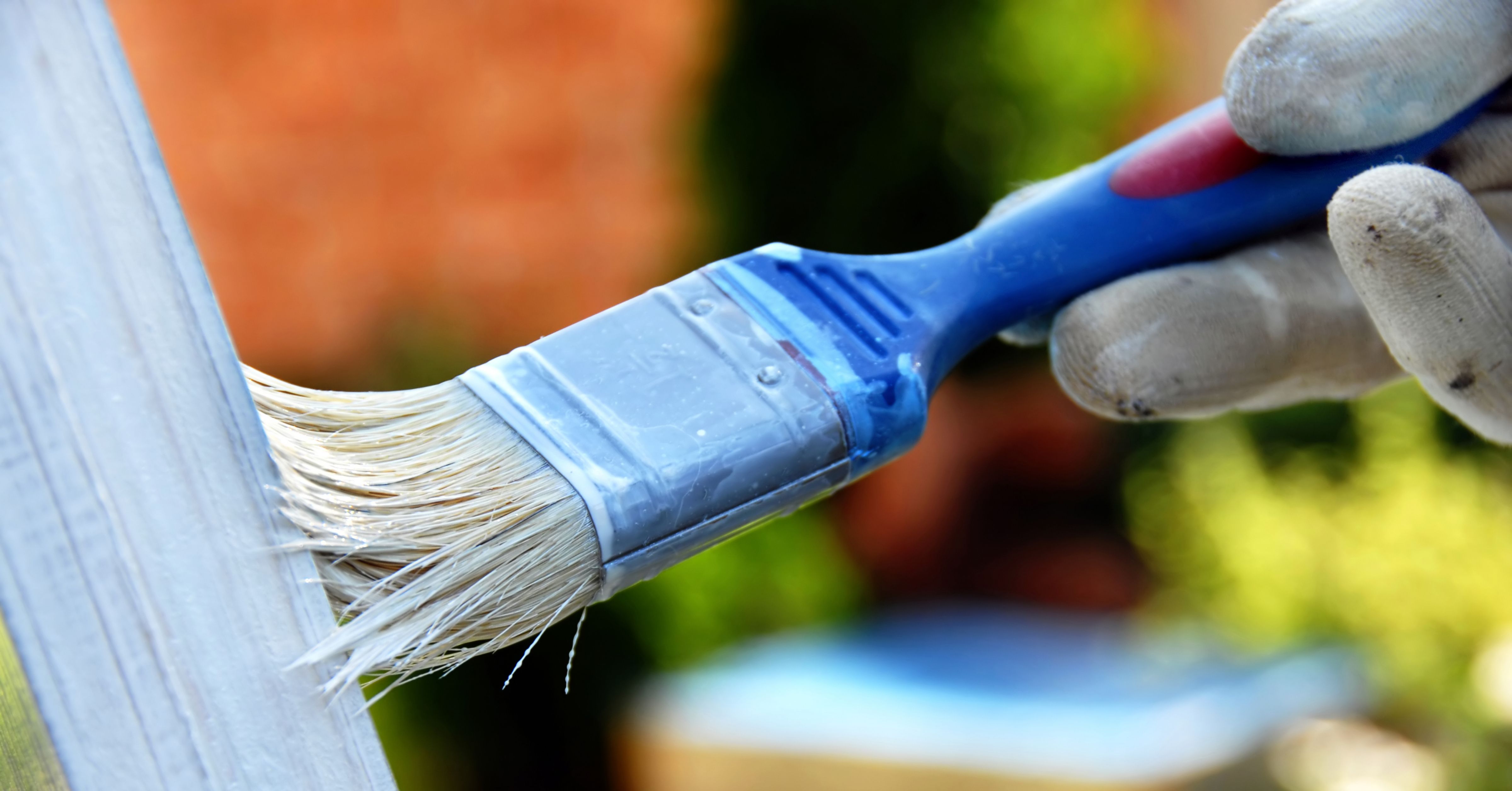Disclaimer: PropStream does not offer investing advice and/or profit promises. This article is for educational purposes only. We recommend doing your due diligence and/or consulting financial professionals before flipping a property.
| Key Takeaways: |
|
While TV shows make house flipping look like a goldmine, how profitable is it in reality? Dive in to discover the average return on a U.S. house flip, the key factors that impact profitability, expert tips for a successful flip, and much more.
Table of Contents |
What Is House Flipping and How Does It Work?
House flipping is the practice of buying a property and selling it again for a profit.
Typically, the property is held for a short period (a year or less), during which time it is renovated. This adds value to the property that the investor can capture when they go to resell, aka a “fix-and-flip.”
However, house flipping doesn’t need to involve renovations. Some home flippers rely solely on market appreciation. For example, if you buy in a hot market where property values are rising quickly, reselling without making improvements could still yield a profit.
Either way, house flipping is all about buying low and selling high.
Average Return on U.S. House Flips
In 2023, the average gross ROI on a U.S. house flip was 27.5%, and the average gross profit (resale price minus purchase price) was $66,000. That’s down from an average ROI of 28.10% and an average profit of $70,100 in 2022.
Note: These numbers do not account for mortgage interest, property taxes, renovation expenses, and other holding costs that reduce net profit margins.
Meanwhile, annual U.S. house flips fell from 436,807 in 2022 to 308,922 in 2023, while the share of total home sales that were flips fell from 8.4% to 8.1%. This is partly due to elevated U.S. mortgage rates and home values lowering house flipping returns.
However, there are still ways to make a healthy ROI on a house flip—even in a challenging market. The key is understanding all the factors that impact ROI.
What Factors Impact House Flipping Profits?
In any house flip, several factors can impact your returns. To understand what they are, consider first the formula for calculating ROI:
.png?width=730&height=486&name=screenshot%20avm%202%20(24).png)
Thus, any variable that influences your cost of investment or resale price will ultimately impact your ROI. These variables include:
Purchase price. The lower the price at which you acquire the property, the higher your returns will be. So try to negotiate the lowest purchase price possible.
Other acquisition costs. These can include agent commissions, appraisal and inspection costs, title insurance and escrow fees, and more.
Holding costs. Once you acquire the property, there are still ongoing costs associated with owning it. These can include utilities, property taxes, homeowner’s association (HOA) fees, and financing costs. The longer you own the property, the more you’ll owe.
Note: The average hold time for U.S. home flips in 2023 was 169 days (5.5 months).
Renovation costs. Most house flips involve some renovation, the cost of which can vary widely. According to Angi.com, the average U.S. home renovation costs $51,578. Of course, the more you put into a property, the more you can expect to sell it for.
Resale price. The higher the resale price, the higher your return. So aim for the highest possible resale price (without driving away potential buyers).
Selling costs. These can include agent commissions, marketing costs, short-term capital gains taxes, attorney fees, and more.
Note: Capital gains are generally considered short-term if you hold the property for one year or less. Otherwise, they’re considered long-term.
The 70% Rule
Given the many factors influencing home flipping returns, estimating your ROI can be challenging. However, the 70% rule can provide a rough guide on whether a flip has potential.
Under the 70% rule, investors should pay no more than 70% of a property’s expected after-repair value (ARV) on the property, minus any repair costs. Here’s the formula:
.png?width=1252&height=834&name=screenshot%20avm%202%20(25).png) For example, let’s say you find a foreclosure property for sale at auction. After doing some due diligence, you determine it will need a new roof, which you expect to cost $20,000, and a new paint job, which you expect to cost $5,000. After talking to your real estate agent, you also determine the property’s ARV would be $300,000.
For example, let’s say you find a foreclosure property for sale at auction. After doing some due diligence, you determine it will need a new roof, which you expect to cost $20,000, and a new paint job, which you expect to cost $5,000. After talking to your real estate agent, you also determine the property’s ARV would be $300,000.
In this case, the maximum purchase price would be as follows:
|
($300,000 ARV x 0.7) - ($20,000 roof repair + $5,000 paint job) = $210,000 - $25,000 = $185,000 |
In other words, you wouldn’t want to bid more than $185,000 for this property.
Assuming you buy at this price and all goes to plan, you can expect to make a profit of...
| $90,000 ($300,000 ARV - $185,000 purchase price - $25,000 in repairs), which translates to an attractive ROI of about 43% ($90,000 profit / $210,000 investment cost). |
That said, the 70% rule is just a rule of thumb. It should not be relied on for every potential flip as market factors can vary case by case. Instead, use it as an initial gauge.
4 Tips for Maximizing Your House Flipping Returns
Now that you understand how to calculate house flipping returns, here are four tips to maximize them:
1. Run comps. Before submitting an offer on a property, run comparables (aka comps) to determine a fair price. That way, you can have data on your side when negotiating a purchase price and avoid overpaying.
2. Determine the ARV upfront. Instead of hoping for the best ARV, get a detailed estimate upfront by running comps on similar properties nearby and consulting a local real estate agent. This helps ensure you can turn a profit before taking on the project.
3. Budget for repair costs. Get multiple quotes from local contractors for needed repairs. This helps ensure you don’t overspend on labor and materials when renovating.
|
Pro Tip: Use PropStream’s Rehab Calculator for renovation cost estimates. |
4. Research renovations with the highest potential ROI. Not all renovations are equally profitable. For example, replacing the garage door may have a higher ROI than adding a deck. Do your research to see where you can get the most bang for your buck.
Use PropStream to Find Your Next House Flipping Opportunity
Ready to flip your first house? PropStream can help you run comps, estimate renovation costs, find off-market deals, and more—all to maximize your potential ROI.
Sign up for a free 7-day trial today and get 50 leads on us!
Frequently Asked Questions (FAQs)
Do I need a license to flip houses?
No. Purchasing houses to flip and then selling them (aka a fix and flip) doesn’t require a license. However, it often involves working with a licensed real estate agent.
What is the biggest mistake beginner house flippers make?
The biggest mistake beginner house flippers make is underestimating the time and money it will take to make needed repairs. To avoid this, get repair quotes upfront and consult more experienced flippers about how long and how much repairs tend to be.
Where can I find fix and flip leads?
You can find fix and flip leads anywhere properties are listed for sale. However, properties with the most flipping potential tend to be sold off-market. Use PropStream to find off-market property leads quickly.
What are PropStream’s top house-flipping tips?
Our top advice on how to make money flipping houses is to work with an experienced mentor and optimize your lead flow with the right tools. PropStream has over 155 million property records that you can sort with hundreds of search filters to find your next lead.


